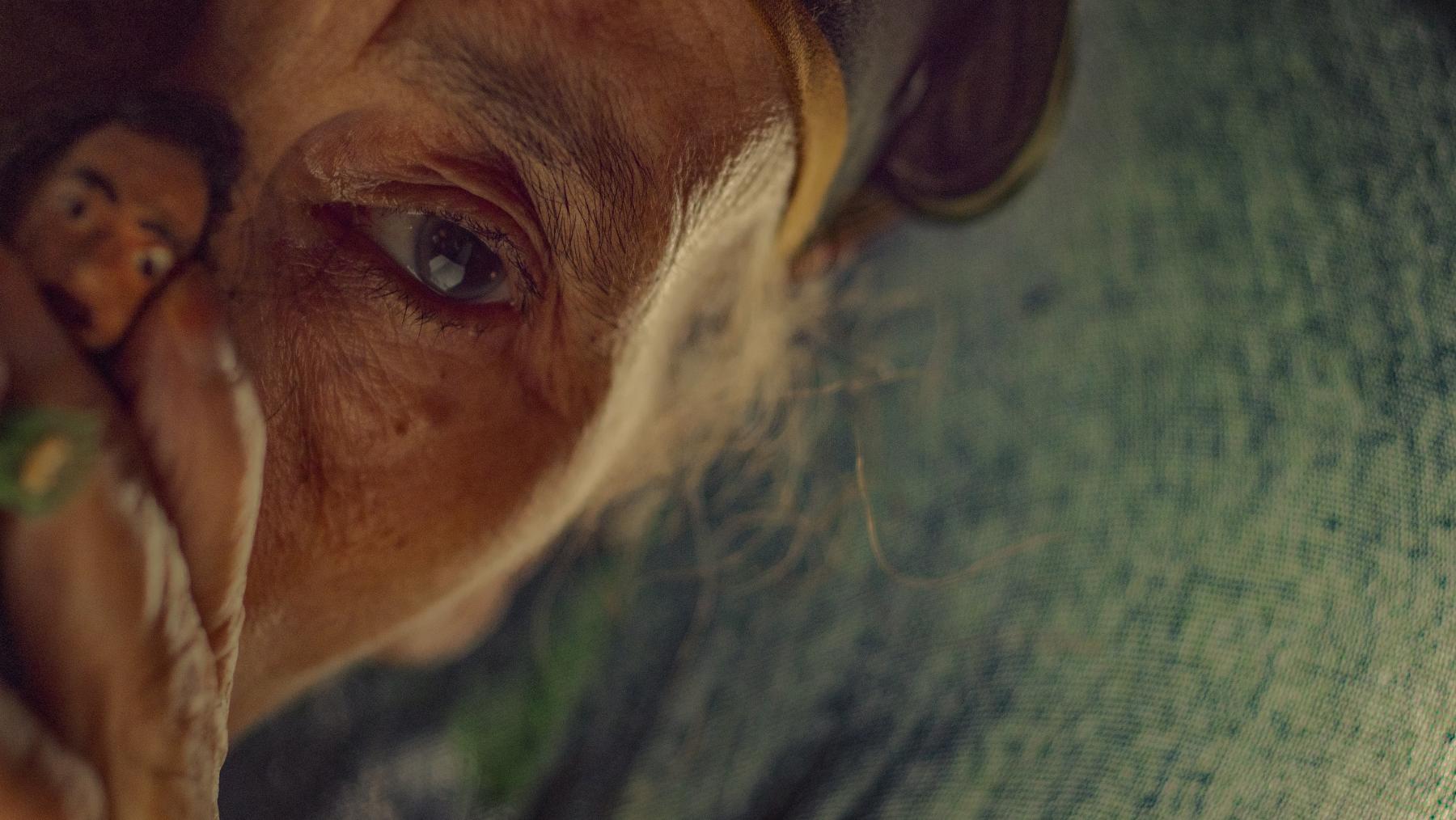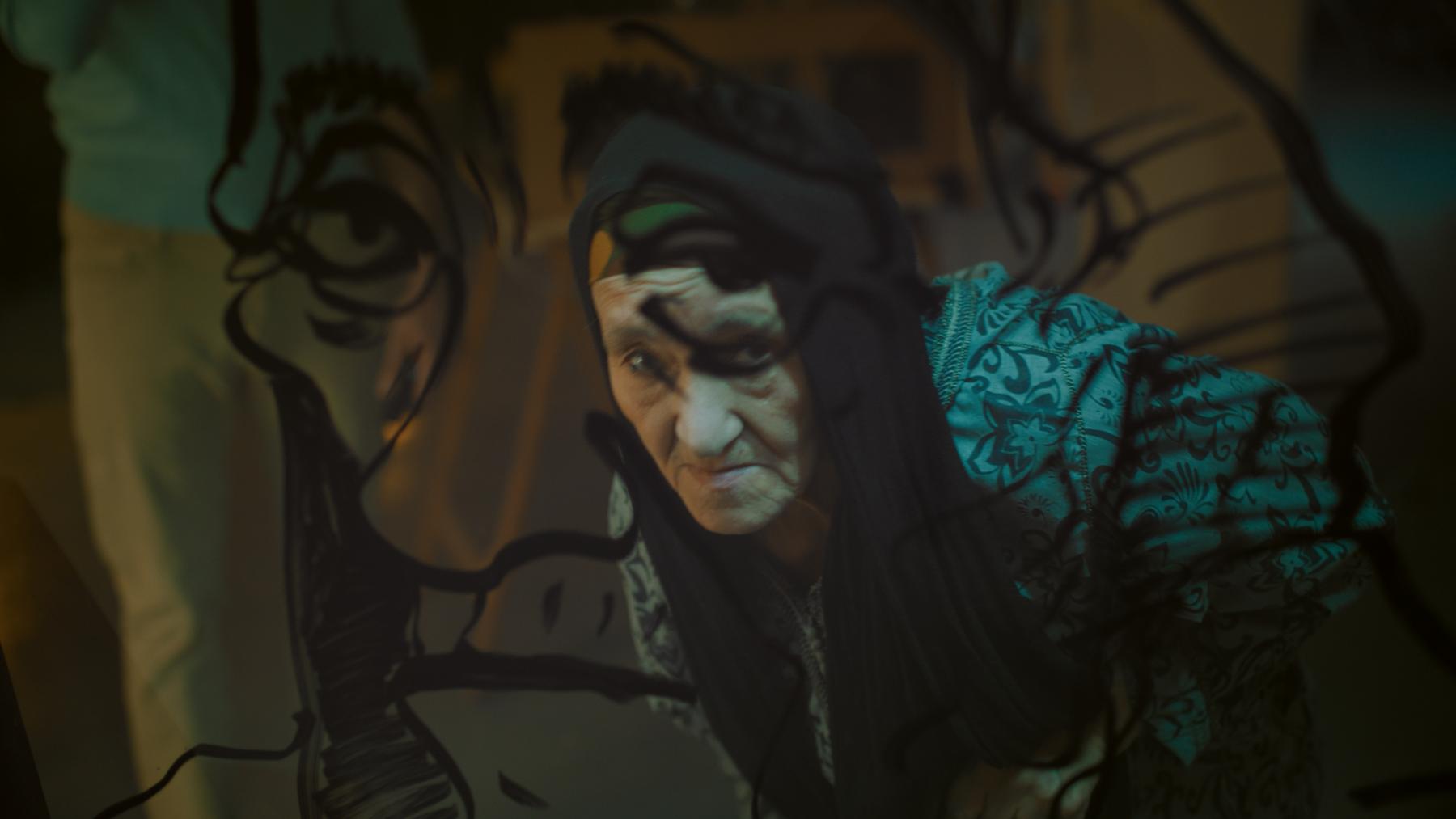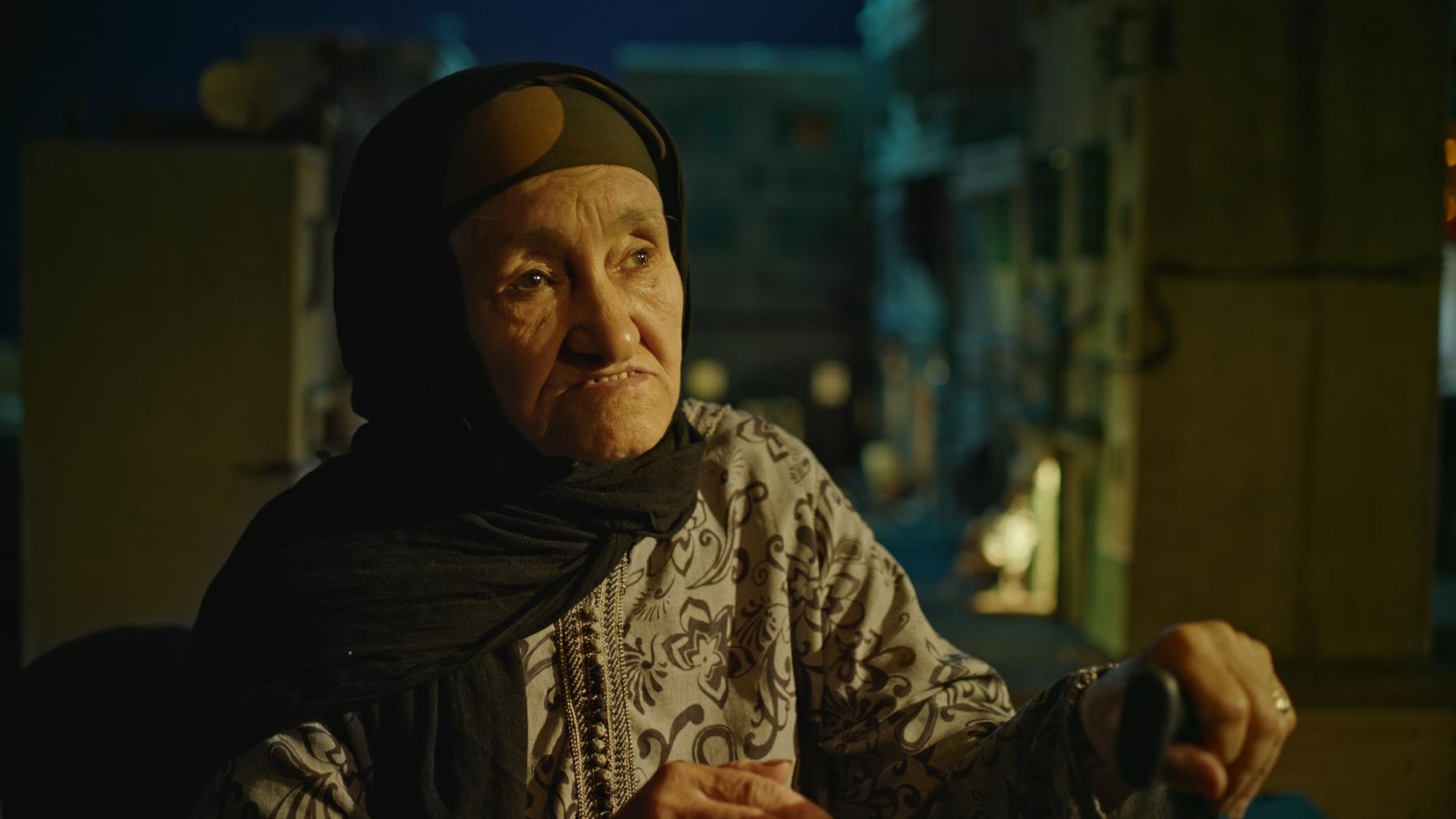Constructing Memories: The Mother of All Lies by Asmae El Moudir
Recently screened at the 12th Dharamshala International Film Festival, Asmae El Moudir’s film The Mother of All Lies (2023) draws on family memory to address forms of forgetting. The director’s journey begins with a mystery: a solitary photograph is all that remains of her childhood. At the age of twelve, the filmmaker asked her mother for photographs of her childhood, and her mother produced one of a group of children smiling into the camera. El Moudir is told that she is a little girl in the background, yet she does not believe it. Raised in a Moroccan household under the thumb of a restrictive matriarch, her grandmother Hajda, photographs were prohibited as they were considered haram. In an act of rebellion and perhaps even redressal, El Moudir then sneaks out to have her photograph taken. Dressed in white with three dots of toothpaste to decorate her forehead like the images of girls in India that she had previously seen, the twelve-year-old is photographed against a Hawaiian backdrop in a photo studio. For, as a voiceover tells us, “Anyone who didn’t have a picture in front of Hawaii couldn’t claim to have memories.” El Moudir later learns that the photograph of children that her mother shared was, in fact, not of her, and this becomes a foundational fabrication—The Mother of All Lies. In an attempt to surpass the lack of photographic documentation and reclaim fragments of memory, the director and her father build a miniature set of their old neighbourhood with figurines to represent each of the family members and their neighbours.

The miniature is a world of wonder, with masterful creation and detailing, down to functioning electricity. El Moudir’s father crafts these figurines and collaborates with the director in her project to build a place to “free our memories and their words.” Her mother, too, helps by sewing the dresses and different materials for the replica of their house. One is also conscious of the materiality of the process, as her father works with clay or cuts off some of El Moudir’s hair to add to her figurine. The act of building this world becomes as much a part of the process of making the film, revealing individual personalities and endearing us to the family. When Hajda encounters her likeness, her first instinct is to complain that she looks deformed. The only photograph that is permitted in their house is that of Hasan II, the King of Morocco from 1961 to 1999, which her grandmother often kisses reverently. El Moudir draws parallels between her grandmother’s authoritarian operation of their household and that of Hassan’s reign, also known as the Sanawāt ar-Rasās (Years of Lead). Thus, what begins as an exploration of family dynamics and photography deftly transitions into a film about historical tensions and trauma.

The purpose of rebuilding the director’s childhood neighbourhood is to re-enact and remember a fateful night in 1981, when the Casablanca bread riots took place. Protestors resisting the increase in the price of flour for bread and other basic necessities were shot down on 20 June, while on the following day several others were arrested and subjected to forms of violence. Many people, including El Moudir’s neighbours, were arrested. Discussions around the incident have largely been silenced, both in public discourse and privately, as in El Moudir’s family. Only one photograph exists of the massacre on El Moudir’s neighbourhood street, with the bodies of the dead being interred in mass graves. One such story is that of their neighbour Malika’s sister, Fatima, who was shot during the protest. A singular image of Fatima—“a memory with no body”—survives to haunt the present as people continue to demand answers for the past atrocities. In another captivating sequence, their neighbour Saïd narrates his experience of the aftermath, as people were picked up from their homes and rounded up by the police. The family and neighbours bear witness to this moment of testimony in the present.

The film thus returns to the family as a site of mourning, healing and catharsis to address collective amnesia, erasure and loss. Here, the miniature world of clay creates a different sensory experience for the participants of this experiment. Through performativity, it unlocks a distinct form of memorialisation that can address an absence of documentation in the context of enforced silences. As memories are re-enacted, the form becomes a liberating one that can circumvent the stifling of violent histories of both personal and state-led oppression. Such a speculative reconstruction of memories also allows the director to move seamlessly from singular to the multiple and from the miniature to the monumental. It helps us to think in terms of scale, as the family stands in for the country, living and dealing with the past in the present. El Moudir’s film thus playfully and creatively challenges notions of representation and erasure through the making and unmaking of the world of the family as it comes to terms with its history.
To read more about films screened at DIFF 2023 on themes of conflict, community and histories of violence, read Santasil Mallik’s review of Rapture (2023) by Dominic Sangma, Ankan Kazi’s reflection on Which Colour? (2023) by Shahrukhkhan Chavada and Mallika Visvanathan’s essay on Clement Town (2022) by LI Kuei-Pi.
All images from The Mother of All Lies (2023) by Asmae El Moudir. Images courtesy of the director and Dharamshala International Film Festival. Copyright Insight Films.




